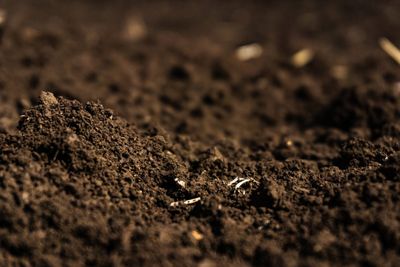What is Terra Preta?
Terra Preta History
Scientists believe that part of the reason the soils are so deeply dark and rich is due to plant carbons which are retained in soil for thousands of years. These were the result of clearing the land and charring the trees. This is quite different from slash and burn practices. Slash and char leaves behind durable, slow to break down carbon charcoal. Other theories suggest volcanic ash or lake sediment may have deposited on the land, fueling nutrient content. One thing is clear. It is through careful traditional land management that the lands retain their fertility. Raised fields, select flooding, layered composting, and other practices help retain the historical fertility of the land.
Management of Terra Preta del Indio
The nutrient dense soil seems to have the ability to persist many centuries after the farmers who created it. Some speculate this is due to the carbon, but it is hard to explain because the high humidity and extreme rainfall of the area would tend to leach the soil of nutrients quickly. To retain the nutrients, farmers and scientists are utilizing a product called biochar. This is the result of the waste from timber harvesting and charcoal production, using agricultural by-products such as those that remain in sugarcane production, or animal waste, and subjecting them to slow burning which produces char. This process has brought about a new way of thinking about soil conditioners and recycling local waste. By creating a sustainable chain of local byproduct usage and turning it into a soil conditioner, the benefits of terra preta could be available in any region of the world.
